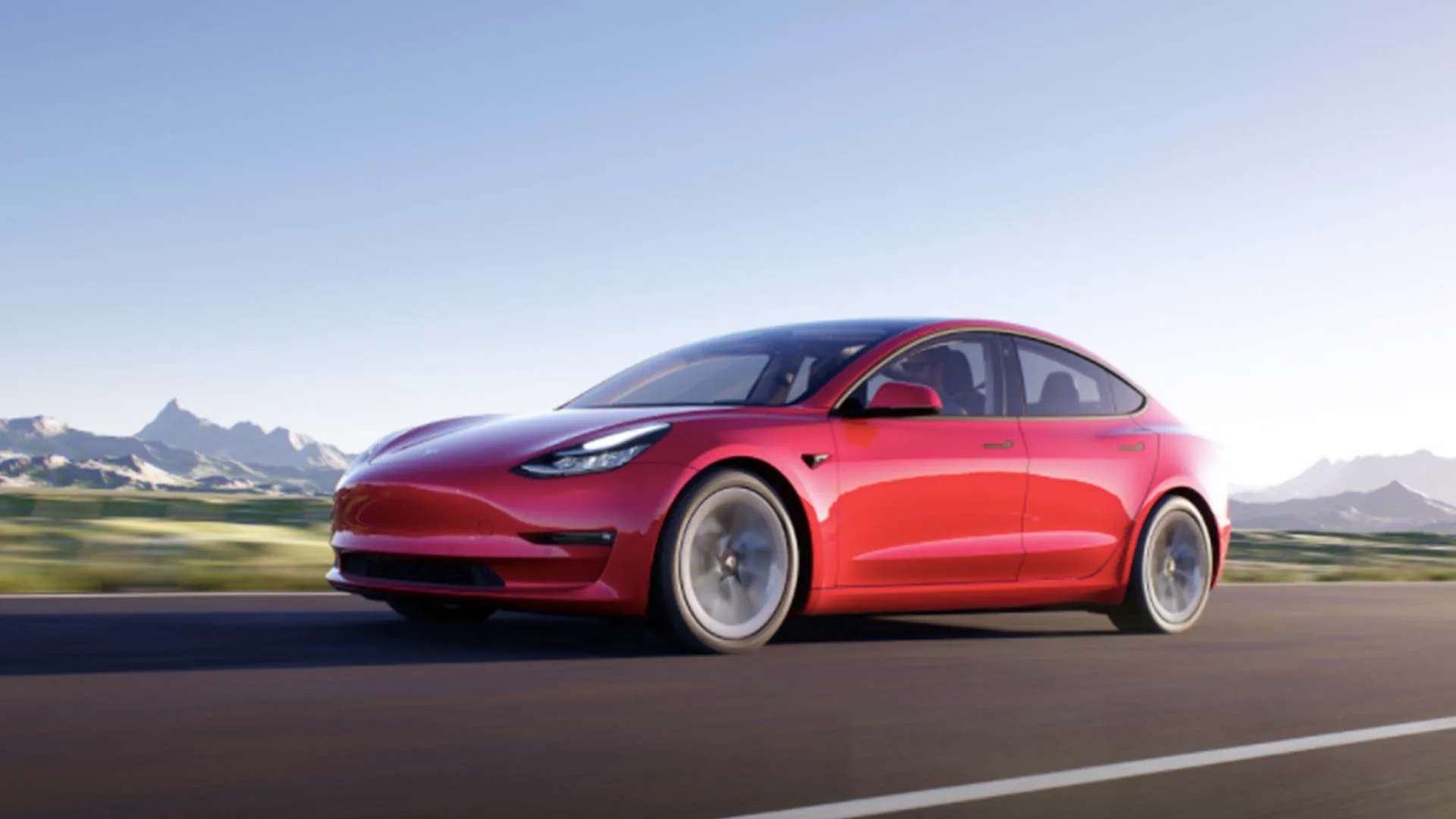Tesla, the pioneering electric vehicle manufacturer, has recently made headlines with its bold move to fast-track the production of more affordable EVs, sparking a surge in its share price and heightening investor anticipation. The market responded positively, with Tesla’s stock climbing by a robust 12% following the announcement that production could commence as soon as this year.
This strategic shift marks a significant pivot from the company’s previous plans and offers a glimpse into a future where electric vehicles might become accessible to a broader audience.

Rethinking Tesla’s Production Strategy
Initially, Tesla had set its sights on launching a highly economical vehicle, often dubbed the Model 2, which would be priced at $25,000 or less. However, recent developments suggest a departure from this specific model, with the EV giant opting instead to enhance its existing lineup with more cost-effective variants.
During a recent call with investors, the company’s CEO, Elon Musk, indicated a possible early start to production by 2025, potentially even by the end of this year, although he remained reserved about the specifics of the new models.
The transition involves moving away from the idea of a revolutionary ‘Unboxed’ manufacturing process, which would have required substantial investments in new production technologies and factory setups.
The EV brand’s engineering chief, Lars Moravy, highlighted the decision to stick with current manufacturing lines, reflecting a strategic retreat from the earlier, more ambitious Model 2 blueprint. This pragmatic approach seems driven by the objective to mitigate financial risk and streamline production.

Analyzing the Market Impact
This development comes at a time when the electric vehicle market is becoming increasingly competitive, with numerous players vying for dominance not only in high-end segments but also in the more budget-friendly category.
Tesla’s shift could be seen as a direct response to the growing pressure to produce a vehicle that can effectively compete with cheaper Chinese EVs, which have been gaining traction globally.
Financial analysts have weighed in on the company’s revised strategy, noting the potential downsides of abandoning the more innovative production methods initially proposed for the next generation of vehicles.
Sam Abuelsamid, an analyst at Guidehouse Insights, commented on the change, stating that without the desire to invest billions into new facilities or overhaul existing ones, Tesla appears set to continue enhancing its current product line.
How soon can Tesla get its more affordable car to the market? https://t.co/64a7MszES9
— marylynnjuszczak (@marylynnjuszcza) April 24, 2024
The Road Ahead for Tesla
While Tesla’s plans for a dramatically cheaper EV seem to be on hold, the company’s strategy to introduce more affordable versions of existing models could still shake up the market.
The cheapest model currently offered by the company, the Model 3, starts at around $39,000. Reducing costs further, although less than previously anticipated, could still position the EV company favorably against its competitors.

As Tesla navigates these changes, the industry watches closely. The move to expedite production and adjust strategies not only reflects the company’s adaptive business practices but also signals a broader trend in the automotive industry towards more economical and accessible electric vehicles.
The ultimate success of Tesla’s modified approach remains to be seen, but what is clear is the company’s commitment to maintaining a leading edge in the EV market amidst evolving challenges and opportunities.










